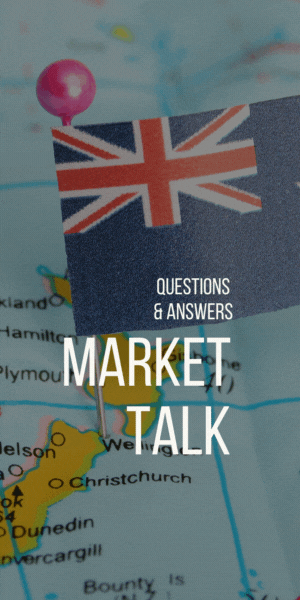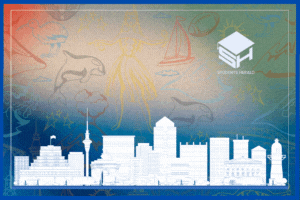International Students Might Have to Pay Extra in Australia – What Parents Should Know
- Prajesh N
- Jul 28
- 2 min read
Families looking to send their children to study in Australia will face a revised fee structure this year. The Australian government has introduced a new pricing policy for the Subclass 500 student visa, lifting the base fee from AUD 1,600 to AUD 2,000. That’s roughly a 25% spike in just one round.
While the number itself might seem minor compared to tuition, this isn't an isolated update. It's part of a broader compliance-driven overhaul tied to how Australia regulates international education, and parents need to stay informed.
What Triggered the Fee Hike?
Rather than being an arbitrary move, this increase forms a key part of the government's efforts to manage what it calls "system pressure." This refers to the rising volume of international enrolments, housing strain, and concerns about underregulated short-term courses.
According to official figures, the fee hike is expected to generate more than AUD 760 million over four years. Those funds, as per policy briefs, are being reallocated toward processing systems, integrity checks, and migration caps.
Government documents also mention that the rise aligns with broader national targets, including sectoral sustainability and a reduction in "non-genuine" enrolments. Despite the bureaucratic sound of the wording, it simply indicates that the immigration government wants the student visa system to have fewer loopholes.
How Does This Impact Families?
First, let’s be clear, the AUD 2,000 covers just the visa processing charge. It does not account for proof-of-funds requirements (living expenses estimated at over AUD 21,000 per year), air travel, health cover, or tuition. When you add up all that, the visa becomes just one cog in the larger investment plan.
For families sending dependents, or guardians, along with the student, the financial impact increases. For example, an additional applicant over 18 now pays AUD 1,225, and a dependent under 18 incurs a AUD 400 fee, according to updates published by the Department of Home Affairs.
What Is Australia Trying to Solve Here?
This change didn’t come out of nowhere. Over the last year, there was a rapid rise in new student entries. That’s created an overflow in urban housing, mostly in student-dense zones. Educational quality control also became harder to maintain as short-term English programs flooded the system.
So, what’s happening now is a form of policy throttling. By increasing the visa fee, authorities are trying to slow down certain enrolment flows, particularly into non-university programs that showed weak performance or poor compliance.
Is This Permanent or Just a Short-Term Move?
Australia tends to adjust its visa structure in waves. The July 2025 fee update was significant, but most other visa types saw only a CPI-based 3% shift. That shows the student category is under special focus.
And it’s likely that more reforms are ahead, including limitations on student work hours and institution-level enrolment caps.
While the official line stresses “sustainability,” political discussions around immigration and resource pressure suggest this could be part of an evolving strategy. Parents should stay alert, especially if planning a long-term academic path through Australia.
.png)
















Comments